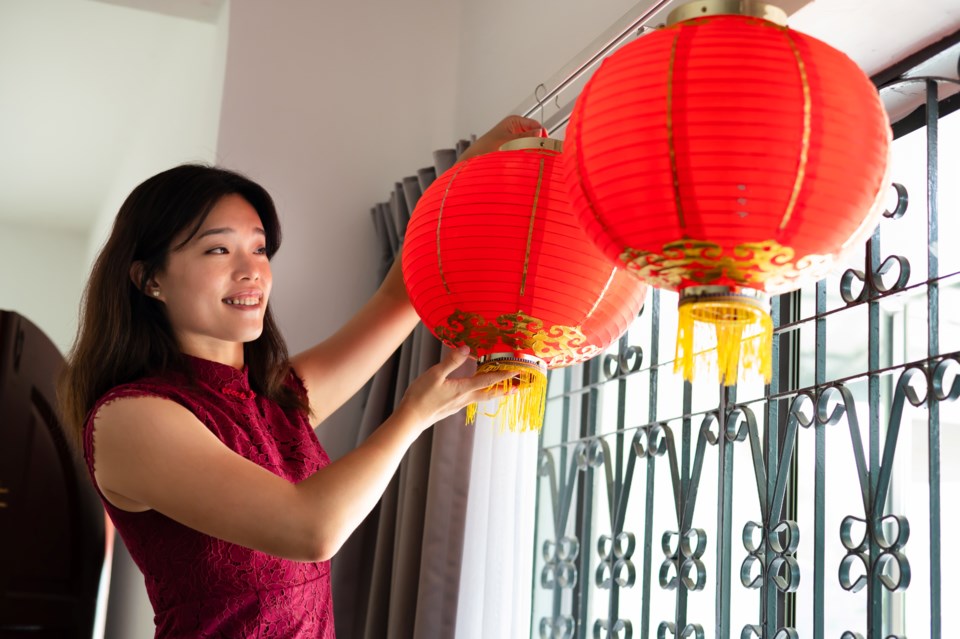Gong xi fa cai!
With the provincial health orders for gatherings and events still restricted, public celebrations for Lunar New Year are curbed in the Tri-Cities.
Still, there are some public recognitions of the Year of the Tiger.
Here’s a round-up of what’s going on locally to mark the annual multicultural festivities:
- Until Jan. 29, staff at Coquitlam’s Place Maillardville (1200 Cartier Ave.) will accept wishes in person or, until Jan. 31, via email ([email protected]) to be displayed on the civic facility’s Chinese New Year Wishing Tree, outside the main entrance. Call 604-933-6166 or visit placemaillardville.ca.
- Both 50-plus pavilions in Coquitlam will serve Lunar New Year-themed lunch specials on Tuesday, Feb. 1. Call Dogwood Pavilion at 604-927-6098 or Glen Pine Pavilion at 604-927-6940 to save a seat.
- Staff at the City Centre branch of the Coquitlam Public Library will host a bilingual Lunar New Year storytime (English and Cantonese) on Friday, Feb. 4 at 10:30 a.m. Vaccine passports and ID are required for entry. Visit coqlibrary.ca to register.
- Adults can make paper lanterns using intricate cuts and designs in a craftmaking workshop at Glen Pine Pavilion (1200 Glen Pine Crt., Coquitlam) on Saturday, Feb. 5 from 1 to 2:30 p.m. (Course# 00079437). To register, call 604-927-6940 or visit Sign Me Up at coquitlam.ca.
- Port Coquitlam and Port Moody city halls will be bathed in red light on Tuesday, Feb. 1 to honour the holiday while, in Coquitlam, the light columns and special lighting features along Pinetree Way will be illuminated for the Lunar New Year — but not in red due to traffic safety, city staff say.
WHAT’S THE DIFFERENCE?
The terms Lunar New Year and Chinese New Year usually mean the same thing.
Both use the colour red, and celebrations can involve fireworks, firecrackers, lion- or dragon-dance shows, honouring ancestors and religious worship.
But there are differences across Asian countries as the holiday can have different dates and names.
- In China, the new year is often referred to as the Spring Festival and includes many Chinese cultural and religious elements.
- In Korea, the celebration typically lasts for three days. The traditional hanbok dress is worn, while tteokguk (soup with slice rice cakes) and jeon (savoury pancake) are served.
- In Mongolia, or Tsagaan Sar (translated as white moon), New Year’s Day is the first day of the Mongolian lunisolar calendar and has shamanistic influences. The White Moon festival is marked for three days, and starts on the same day as Tibet’s Losar.
- In Tibet, Losar (translated as new year) is a Buddist fest that is celebrated on the first day of the lunisolar Tibetan calendar, for 15 days. On the first day, revellers drink changkol. The next day is called King’s Losar. Losar is also recognized by people in Bhutan and Nepal.
- And in Vietnam, Tết (short for Tết Nguyên Đán) is the most important holiday of the year and celebrated on the same day as Chinese New Year. They serve, among other dishes, dried young bamboo soup and sticky rice. Games, like the bird competition, are common during this time to test knowledge, strength and aestheticism.



